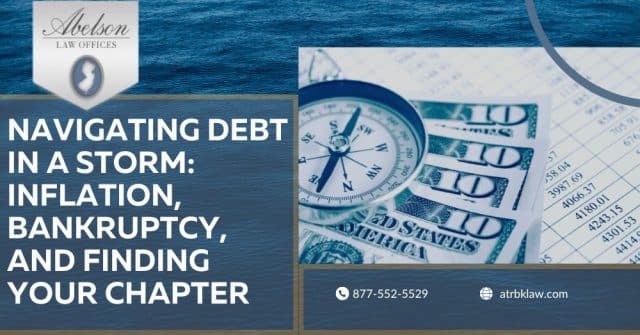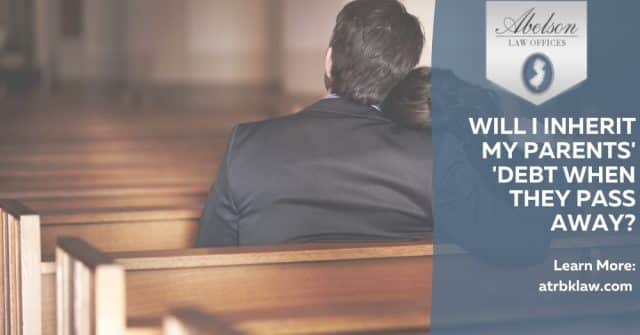Why would someone voluntarily agree to repay a debt just discharged in Bankruptcy? Isn’t bankruptcy designed to eliminate debts? This concept of reaffirmation of debts, as permitted by 11 U.S.C. §524 (c) of the Bankruptcy Code has become one of the more vexing issues faced by bankruptcy counsel and debtors.
Common sense suggests there is no reason to legally obligate one’s self to a full debt otherwise eliminated. Since one can choose to voluntarily pay a discharged debt without any threat of legal penalty or enforcement , why commit by signing a reaffirmation agreement? Even if the loan was secured, the continuation of the payments traditionally prevented the loss of the collateral (i.e. car or house) Inasmuch as the Courts must approve these agreements, this has been most Bankruptcy Judges approach for many years, and such agreements have been viewed skeptically. However, there have been several changes over the past decade which have caused these agreements to be taken more seriously.
Most notably, in 2005 the Bankruptcy Code created a provision for car loans which stated that if the vehicle is not reaffirmed, it can be deemed surrendered. A few car loan companies have interpreted this provision to provide that they can repossess a non-reaffirmed vehicle after bankruptcy – even if the debtor is current on payments. There remains serious questions under most state laws whether there exists legal cause to repossess a current car loan, but the mere potential of this is sufficient to compel many debtors to enter into these reaffirmation agreements, and thus obligating themselves to the full balance of the car loan irrespective of whether the car is eventually lost (not only by repossession for non-payment, but also potentially lost for other reasons, i.e. by mechanical or physical destruction) post bankruptcy.
Home loans are a bit more complicated as a mortgage company cannot simply repossess your house. They are far more regulated by state law and if a homeowner is current with their mortgage, no foreclosure could be instituted irrespective of what happened in the bankruptcy. To try to get around this fact, and “pressure” debtors into reaffirmation agreements (especially 2nd mortgage holders which may well be left out of the foreclosure process without any monetary receipt), they have adopted strong arm techniques to push debtors into entering into these agreements. These include the potential refusal to report current payments to credit reporting agencies post bankruptcy, the refusal to permit electronic payments or even to send post bankruptcy statements. While a host of excuses for these actions are offered under one interpretation of the bankruptcy law or another, the reality is the goal to coerce debtors into legally re-obligating themselves to the personal debt on the house. This may not be an issue, if nothing goes wrong in the future. However, if the house is ultimately lost down the road in spite of current intent, there could well be some potential issues or monetary liability for this re-affirmed debt.
Other creditors are now providing offers and subtle pressure to reaffirm their debts as well. Furniture lenders who claim a “secured” interest in the purchased furniture have been submitted these proposed agreements suggesting that they will seek to repossess the furniture if not entered. However, such loans, if valid under state law almost always require a separate court proceeding in state court called replevin, which would provide them a Court Order to have a constable come to the home to attempt to remove the used furniture. The costs of such procedures would vastly outweigh any value of the used furniture itself and only in the rarest of circumstances is this seem as true realistic threat. Such reaffirmation agreements should be viewed most cautiously as one could easily emerge from bankruptcy already re-submerged in debt – thus defeating the very purpose of the bankruptcy.




